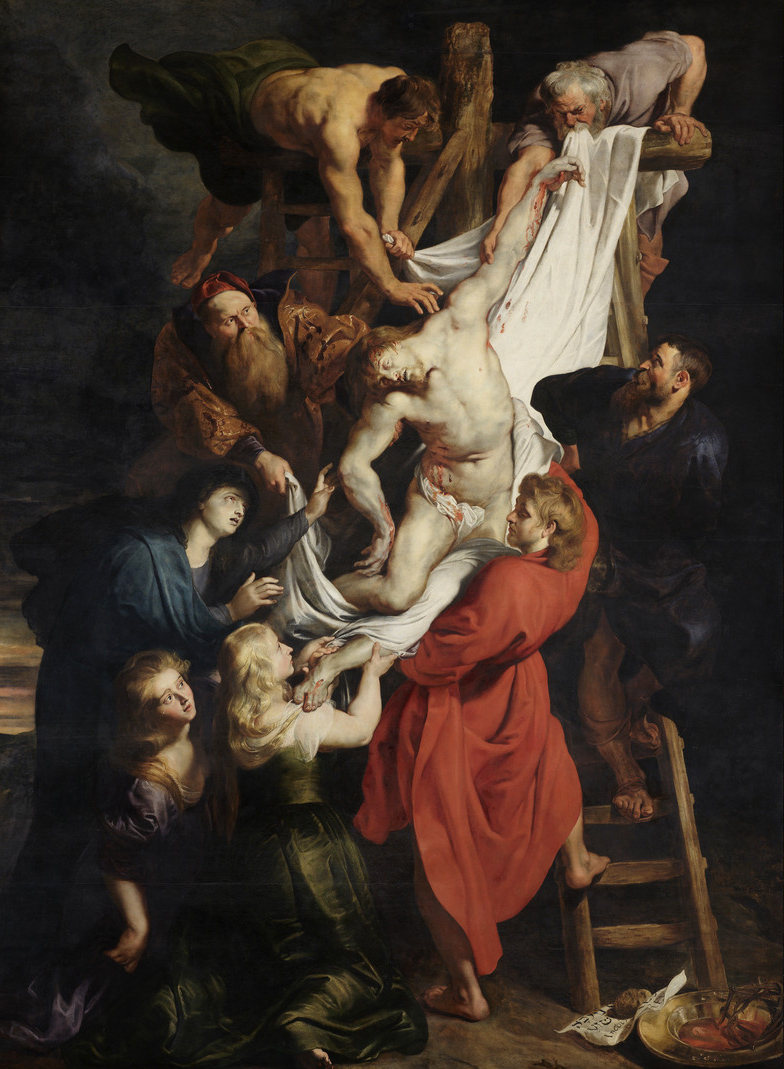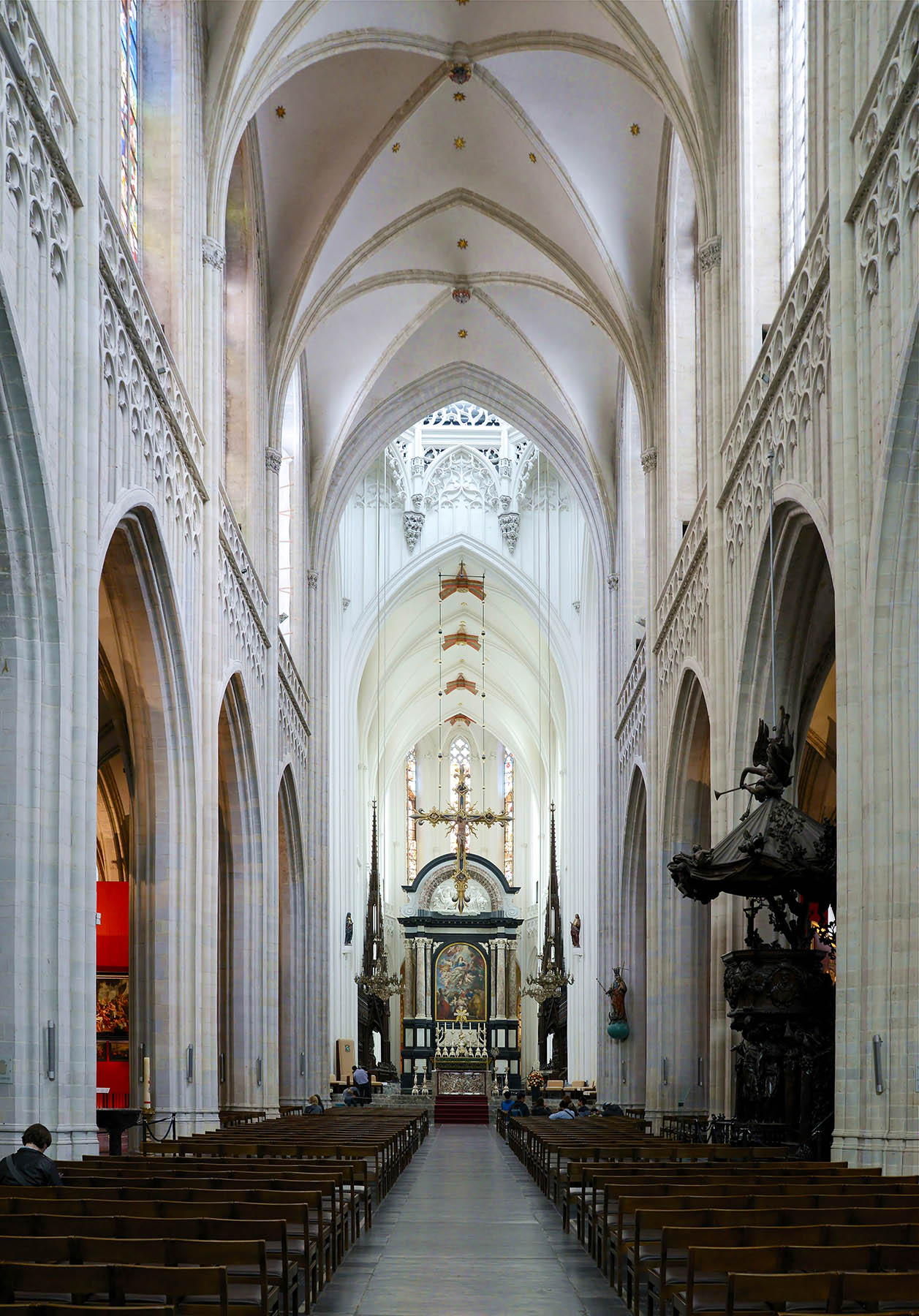For centuries, the elegant spire of the Cathedral of Our Lady has dominated Antwerp’s skyline. The people of Antwerp take great pride in this magnificent structure, which is praised for its architectural grandeur, aesthetics and historical importance. People have been coming to this place to pray for over a thousand years. Construction of the current Gothic building began in 1352. The great north tower was completed almost 170 years later, in 1518, and the cross on the spire consecrated. Despite an eventful history with many calamities and setbacks, the Gothic church is still there today. Traces of various art historical movements can be found in it, with the oldest elements dating back to the 14th century and the most recent additions being contemporary. Each century has left its mark on this monument, transforming Antwerp’s Cathedral into a giant memory palace.
Resurrection of Christ (1611-1612) - Peter Paul Rubens
The smallest work by Rubens in the cathedral was created for entirely different reasons. It is the epitaph, or funerary monument, of Jan Moretus and his wife Martina Plantin. Their names are engraved in the stone below the painting. After the death of his father, their son Balthasar commissioned a painted epitaph from Rubens. Christ rises triumphantly from the dark tomb, surrounded by a radiant light in the centre panel. The shocked guards reel in disbelief as he emerges from the tomb. One soldier flees in panic, another stops in his tracks, while a third shields his eyes from the blinding light. On the back of the wings, which unfortunately are not visible, two graceful angels in grisaille open the gates of the kingdom of the dead.
Assumption of the Virgin (1625-1626) – Peter Paul Rubens
The masterpiece Rubens painted for the main altar depicts the Assumption of Mary, the cathedral’s patron saint, which is celebrated annually on 15 August. In this painting, Mary is depicted after death as she is taken up to heaven and God. She gracefully moves up towards the light, assisted by enthusiastic angelic figures. In addition to this painting, Rubens also designed the high altar that framed it. Unfortunately, this altar was lost in the late 18th century during the troubles in the wake of the French Revolution. City architect Jan Blom later designed a new altar based on Rubens’s original design. This is tremendously important because the altar and the painting form an inseparable whole. The story does not end at the top of the painting; the semi-relief above it represents the Holy Trinity. God the Father and God the Son together hold the crown with which they will welcome Mary into heaven. You can also see the dove, symbol of the Holy Spirit.
Practical information
Accessibility
- Easily accessible for people with disabilities.



